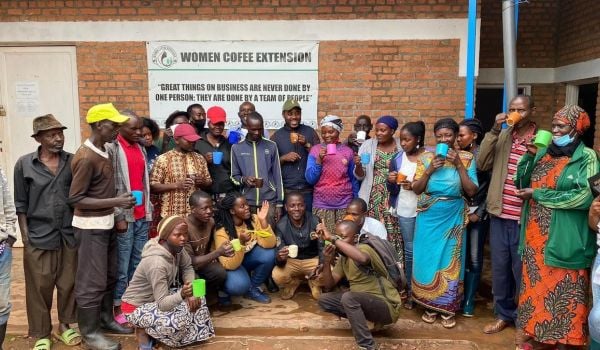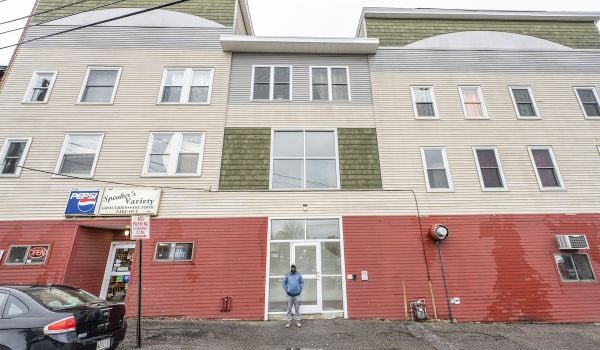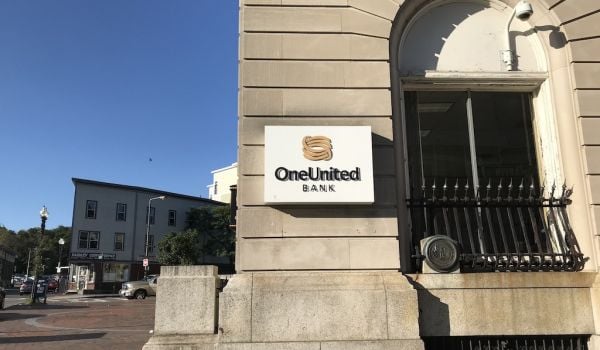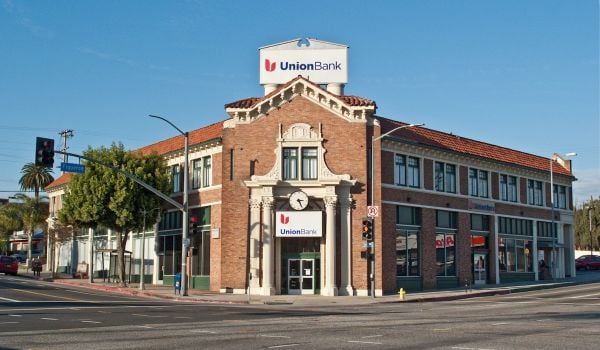An effort to create more transparency and counter discrimination by race or income level in small business lending reaches an important milestone this week, with the end of the Consumer Financial Protection Bureau’s official comment period on Section 1071 of the Dodd-Frank Act.
Transparency has long been a crucial part of countering racial discrimination in other types of lending. In the United States, if you wanted to look up every home mortgage application and what happened with it, approval or denial, by race, by state or county or metro or census tract (but not by name or exact address), you could do it. Under the Home Mortgage Disclosure Act, passed by Congress in 1975, all banks have to report that data to federal regulators, who then disseminate it publicly. With that data in their hands, neighborhoods that once faced home lending discrimination by banks have been able to fight back, showing they were not getting their fair share of home loans.
As part of financial regulation reforms in the aftermath of the last financial crisis, Section 1071 of the Dodd-Frank Act gave federal regulators the authority to collect and disseminate similarly specific information with regard to small business lending from banks as well as other types of financial institutions.
Though the act passed in 2010, federal regulators at the Consumer Financial Protection Bureau have yet to finalize rules and procedures to implement Section 1071, meaning that data has yet to be collected and disseminated as authorized. Many lenders have opposed the process, citing the burden of reporting requirements.
“Before it has even gone into effect, lenders are opposing it,” Jaime Weisberg, senior campaign analyst at the Association for Neighborhood and Housing Development, wrote last week. (ANHD is a network of community development organizations in New York City.)
NYC, Weisberg also noted, is home to 1.12 million businesses, 95 percent of which have fewer than 10 employees. Over 883,000 have no employees, operated solely by the owner. As of 2012, 39 percent of NYC businesses were women-owned, 51 percent minority-owned, and 48 percent of New York City small businesses are immigrant-owned. “Yet, we know virtually nothing about their ability to access financing to start, maintain, and grow their businesses,” Weisberg explained.
The Woodstock Institute, a Chicago-based nonprofit that advocates for a just financial system, released a series of studies this year looking at small business lending patterns by race and income in Chicago and L.A./San Diego, Buffalo and New Brunswick, and Detroit and Richmond.
Looking at each city and its surrounding counties, the Woodstock Institute found that low-income census tracts and predominantly minority census tracts received disproportionately low percentages of business loans under $100,000 in a yearly period. For example, in the Chicago area, the Woodstock Institute found that predominantly minority census tracts contained an average of 15.1 percent of businesses, but received only 8.2 percent of the number of business loans under $100,000 and only 6.7 percent of the total dollar amount of those loans. The other cities saw similar disparities by census tract demographics.
But the Woodstock Institute findings still do not represent actual demographics or business sizes of loan applicants. Current small business lending data don’t even show all loan applicants — only approved loans. Woodstock looked up in one database how many small businesses were located in a low-income or predominantly minority census tract, and then in another database they looked up how many business loans of a certain size went into those census tracts. It’s not as precise as home mortgage lending data, and therefore not as powerful.
“Without good data, we cannot effectively document disparities in the lending market or hold lenders accountable for disparate lending,” Weisberg argued. “Without good data, we cannot identify unmet credit needs.”
To make matters more complex, only large banks are required to report the small business lending data Woodstock used, leaving out smaller banks that may actually close some of the disparity. The U.S. Treasury recently recognized 102 mostly small and tiny banks for increasing their small business lending to highly distressed census tracts.
And yet, the Independent Community Bankers Association (ICBA) opposes Section 1071’s expansion of reporting requirements to small banks. Claiming to represent more than 5,800 community banks of all sizes, the ICBA has said that “this data collection will impose significant new burdens on community banks at a time when they are absorbing numerous other regulatory requirements.” The ICBA has even endorsed additional legislation that among other changes would repeal Section 1071 of the Dodd-Frank Act.
The Community Development Bankers Association (CDBA) has taken a more nuanced position. As a smaller national trade association of banks and thrifts with a primary mission of promoting community development, the CDBA “unequivocally supports” the purpose of Section 1071 for its potential to increase accountability of financial institutions, but recommends a series of changes and clarifications to reduce the burden of the law’s implementation.
“CDBA recommends that the CFPB keep Section 1071 simple and streamlined,” the CDBA said in a letter to CFPB. “CFPB should only ask for data that is mandated by Congress or critical to fulfillment of its statute. Every data point collected for every customer is a real cost.”
The CDBA also requests that the CFPB take context into account. Its members are also mostly CDFIs (community development financial institutions), which means they focus on the hardest-to-serve borrowers. “The issue is that CDFIs are deliberately choosing markets that have more difficulties,” says Jeannine Jacokes, CDBA executive director. “If you are somebody that is deliberately seeking to work with clients with more challenges, you don’t want to be penalized for it.”
The CFPB’s comment period for Section 1071 ends Thursday.

Oscar is Next City's senior economic justice correspondent. He previously served as Next City’s editor from 2018-2019, and was a Next City Equitable Cities Fellow from 2015-2016. Since 2011, Oscar has covered community development finance, community banking, impact investing, economic development, housing and more for media outlets such as Shelterforce, B Magazine, Impact Alpha and Fast Company.
Follow Oscar .(JavaScript must be enabled to view this email address)
















